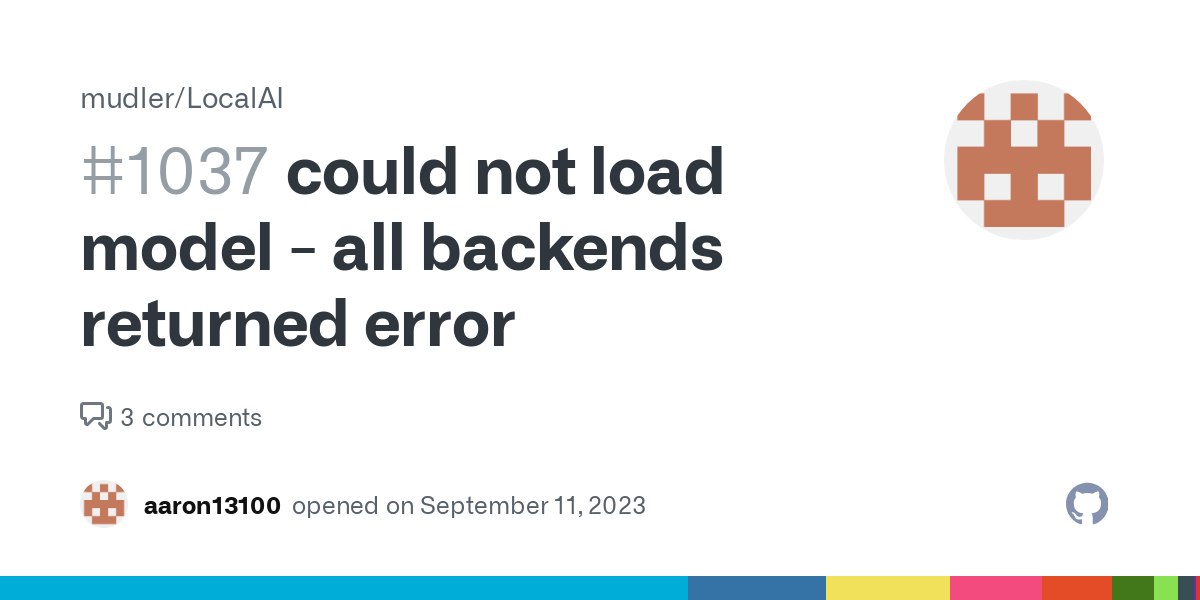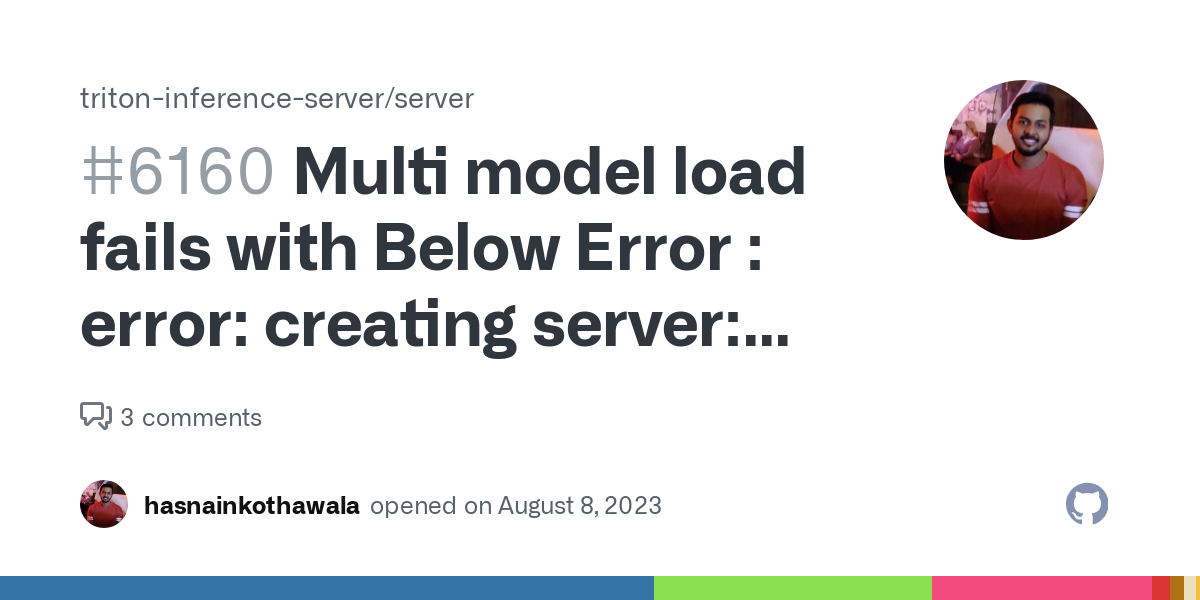Weight Training Plan for Rapid Muscle Gain and Strength Development: Forget skinny jeans – prepare for superhero strength! This isn’t your grandpa’s weightlifting routine; we’re diving headfirst into a 12-week odyssey of muscle-building mayhem. Get ready to sculpt a physique that would make Michelangelo weep with envy (in a good way, of course). We’ll uncover the secrets to progressive overload, navigate the treacherous terrain of training splits, and arm you with the nutritional know-how to fuel your gains.
Think of it as a muscle-building boot camp, but with fewer push-ups and more impressive biceps.
This plan details a comprehensive approach to weight training, focusing on efficient muscle growth and significant strength increases. We’ll cover everything from designing your workout routine and selecting the right exercises to optimizing your nutrition and recovery. We’ll even tackle the thorny issue of supplements (because let’s be honest, who doesn’t love a good pre-workout?). Get ready to transform your body and conquer your fitness goals – one perfectly executed rep at a time.
Introduction to Rapid Muscle Gain and Strength Development: Weight Training Plan For Rapid Muscle Gain And Strength Development

So, you want to become a muscle-bound marvel, a titan of strength? Fantastic! Let’s delve into the fascinating world of rapid muscle growth and strength development. This isn’t about some magical potion; it’s about understanding the science and applying it strategically.Muscle growth, or hypertrophy, is a complex process involving the breakdown and rebuilding of muscle fibers. When you lift weights, you create microscopic tears in these fibers.
Want a weight training plan that’ll make you look like you wrestled a bear and won? Focus on compound lifts and progressive overload! But remember, even the mightiest muscle-bound heroes need to consider longevity; check out these strength training workouts for seniors to improve mobility and balance for some smart aging tips. Then, get back to those gains – remember, slow and steady wins the race (unless you’re aiming for rapid muscle gain, then it’s more like a sprint!).
Your body, in its infinite wisdom (and fueled by proper nutrition), then repairs these tears, making the fibers thicker and stronger. This process, coupled with increased neural efficiency (your brain getting better at recruiting muscle fibers), leads to both increased muscle size and strength. Think of it as your muscles undergoing a constant, controlled demolition and reconstruction project.
Progressive Overload: The Key to Muscle Growth
Progressive overload is the cornerstone of any successful weight training program. It simply means consistently challenging your muscles with progressively heavier weights, more repetitions, or more sets over time. This forces your muscles to adapt and grow stronger. Imagine trying to build a skyscraper with the same tools and materials every day – you’d never get very high! Similarly, your muscles need increasing challenges to continue growing.
Dreaming of biceps like boulders? A killer weight training plan for rapid muscle gain and strength development starts with a solid foundation. Before you bench-press a small car, though, check out this fantastic resource for strength training exercises for beginners at home no equipment – it’ll get you ready to handle those heavier weights safely and effectively, building the base for your muscle-building journey.
Then, and only then, can you unleash your inner Arnold!
This doesn’t mean adding weight every single workout; it’s about making gradual, sustainable progress. For example, if you can bench press 100 pounds for 8 reps this week, aim for 102.5 pounds next week, or maybe 100 pounds for 10 reps. The key is consistent, incremental increases.
The Role of Nutrition in Muscle Growth
Building muscle is like building a house: you need the right materials. Your body requires a surplus of calories, particularly protein, to fuel muscle protein synthesis – that rebuilding process we discussed earlier. Protein provides the amino acids that are the building blocks of muscle tissue. Aim for a diet rich in lean protein sources like chicken, fish, beans, and lentils.
So you want a weight training plan for rapid muscle gain and strength development? Fantastic! But if you’ve already conquered the newbie gains and are looking for something more…intense, check out this advanced strength training program for experienced weightlifters to push your limits. Then, once you’ve conquered that, you can return to your original plan, but this time with significantly more impressive results.
Prepare for the gains to be epic!
Carbohydrates provide the energy for your workouts, and healthy fats support hormone production and overall health. Think of it this way: lifting weights is the blueprint, and nutrition is the bricks and mortar.
So, you want a weight training plan for rapid muscle gain and strength development? Excellent! To kickstart your gains, you’ll need a solid foundation of effective exercises, and that’s where checking out this list of top 10 weight lifting exercises for building strength and power comes in handy. Once you’ve mastered those, building your personalized weight training plan for rapid muscle gain and strength development will be a breeze!
Rest and Recovery: The Unsung Heroes
While hitting the gym is crucial, rest is equally important. During rest, your muscles repair and grow. Sleep deprivation can severely hinder muscle growth and strength gains. Aim for 7-9 hours of quality sleep per night. Adequate rest also includes allowing your muscles time to recover between workouts.
Overtraining can lead to plateaus and injuries. Think of your muscles as finely tuned engines – they need regular maintenance and downtime to perform optimally. Ignoring this is like driving your car at full throttle without ever changing the oil. It’ll eventually break down.
Supplement Considerations

Let’s talk supplements – the shiny, often overpriced, sometimes helpful additions to your muscle-building journey. Think of them as the sidekicks to your main workout hero. They can boost your gains, but they’re definitely not a magic bullet (sorry, no shortcuts to a superhero physique!). Remember, a balanced diet and consistent training are still the true powerhouses.The supplement world is a jungle, filled with promises of overnight transformations and suspiciously enthusiastic testimonials.
Navigating it wisely requires a healthy dose of skepticism and a solid understanding of what each supplement actually does (or doesn’t do). We’ll explore some common choices, focusing on their potential benefits, drawbacks, and how to use them effectively – always remembering that consulting a healthcare professional is key.
Creatine Monohydrate: The Workhorse
Creatine monohydrate is probably the most researched and arguably the most effective supplement for strength and muscle growth. It works by increasing the amount of creatine phosphate in your muscles, leading to improved energy production during high-intensity activities like weightlifting. This translates to more reps, heavier weights, and ultimately, more muscle growth. However, some individuals may experience water retention and gastrointestinal upset.
Typical dosage is 3-5 grams per day, often taken daily. Loading phases (higher doses for a shorter period) are common but not strictly necessary for long-term use. The benefits are generally observed within a few weeks of consistent supplementation.
Protein Powder: The Muscle Builder
Protein powder is a convenient way to increase your daily protein intake, crucial for muscle repair and growth. Whey protein, casein protein, and soy protein are popular choices, each with slightly different absorption rates and properties. Whey protein, for instance, is fast-digesting, ideal for post-workout recovery, while casein protein is slow-digesting, providing a sustained release of amino acids throughout the night.
While protein powder can be beneficial, it’s not a replacement for whole-food protein sources like chicken, fish, and beans. Over-reliance on protein powder can lead to digestive issues and nutrient imbalances. The recommended daily protein intake varies based on individual factors, including activity level and body composition, and protein powder should supplement, not replace, whole foods.
Consulting a Healthcare Professional: The Essential Step, Weight training plan for rapid muscle gain and strength development
Before incorporating any supplement into your routine, it’s absolutely crucial to consult with a doctor or registered dietitian. They can assess your individual needs, health status, and potential interactions with existing medications. This is particularly important if you have pre-existing health conditions or are taking other medications. Remember, supplements are not regulated in the same way as pharmaceuticals, so quality and purity can vary significantly between brands.
A healthcare professional can guide you towards reputable brands and help you determine the appropriate dosage and usage for your specific circumstances. Don’t treat your body like a science experiment without professional oversight!
Last Word

So there you have it – your blueprint to a stronger, more muscular you. Remember, consistency is key. Don’t expect overnight miracles; this is a journey, not a sprint (unless you’re sprinting to the gym, of course!). Embrace the challenges, celebrate the small victories (like finally mastering that deadlift), and most importantly, have fun! This isn’t just about building muscle; it’s about building a better, stronger version of yourself.
Now go forth and conquer those weights! (But please, do it safely. We don’t want any accidental superhero landings.)
